GULF COAST SALTWATER FISHING
Blog #2
by: Robby Myers
Howdy y’all, if you missed last week’s initial blog, you can find it attached here.
Discover the secrets to predicting when and where to catch fish by understanding their behavior. Explore how weather conditions, food sources, cover, tide movement, and solunar tables influence fish activity. Delve into the importance of recognizing signs of baitfish presence, from bird activity to water wakes and sonar readings. Learn how to interpret these cues to increase your chances of a successful fishing trip. Join us as we unravel the mysteries of fish behavior and uncover the keys to reeling in the big catch.
The coming week’s topics are going to cover the parts of how and why fish do the things they do, that will enable you to predict when and where you can catch fish. Understanding their behavior is winning half the battle with location and the timing of catching fish. Failure to catch fish is usually due to the attention to, or omission of recognizing one or more variables in the topics listed below.
Fish behavior is related primarily to;
- Weather conditions (barometric pressure, temperature, wind, etc.)
- Food sources
- Cover (depth changes, physical features)
- Tide movement
- Solunar tables
Last week we covered weather patterns, and this week we will look at food sources. Fish are going to be in an area of water that has food to eat, or moving to an area that has the food they are looking for unless they are resting in a holding pattern. However, fish are not always eaten. The purpose of this topic is to help notice things that may tip off the presence of bait fish. Different fish eat different bait, so the fish you are targeting will dictate the signs you are looking for. For the most part, we will be covering speckled trout, drum (red and black), flounder, and other inshore species. The offshore bait we will get to later.
When looking for the presence of bait there is a multitude of factors to consider. Here are some of the things you will look for;
- Seagulls – if birds are “working”, meaning they are circling and hitting the water for baitfish, that is certainly a good sign bait is present.
- Egrets and herons working on a shoreline. Usually, when several are in a condensed area you can bet there are fish present below.
- Schooling activity identified by water splashing due to fish feeding on a school of fish.
- Fish slicks – slicks are a smooth spot on the water surface that resembles an oil slick. It will normally have a sweet smell if you are downwind of it. The slick is caused by fish below feasting on bait, then regurgitating it to feed on more bait. The slick is produced from the oil in the bait fish being crushed and spit out.
- Water wakes. For redfish, you can often see a wake along a bank or shallow reef when they are on the prowl to eat. When the conditions are right, sight casting to them can be a lot of fun.
- Dirt plumes on the bottom from either fish moving or baitfish fleeing from the target fish.
- Sonar – If you have an electronic fish finder on your boat, this is an obvious way to see bait schools and structures that may hold baitfish.
These are just some of the things that can identify baitfish presence. If you can find the bait, you will catch fish there sooner or later.
Thanks for reading my blog. I look forward to covering other topics and am open to any suggestions or questions.
Thanks, Robby








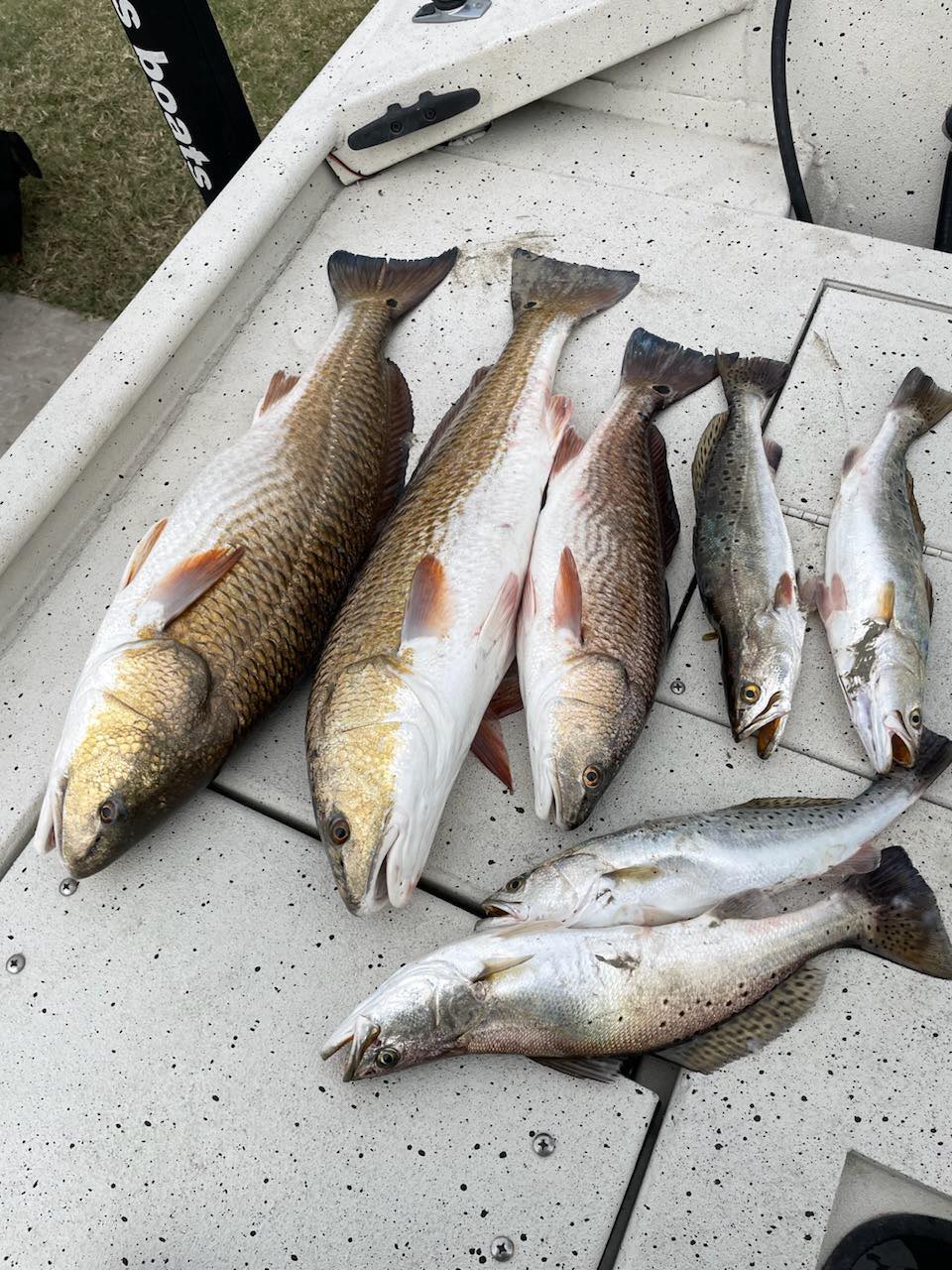
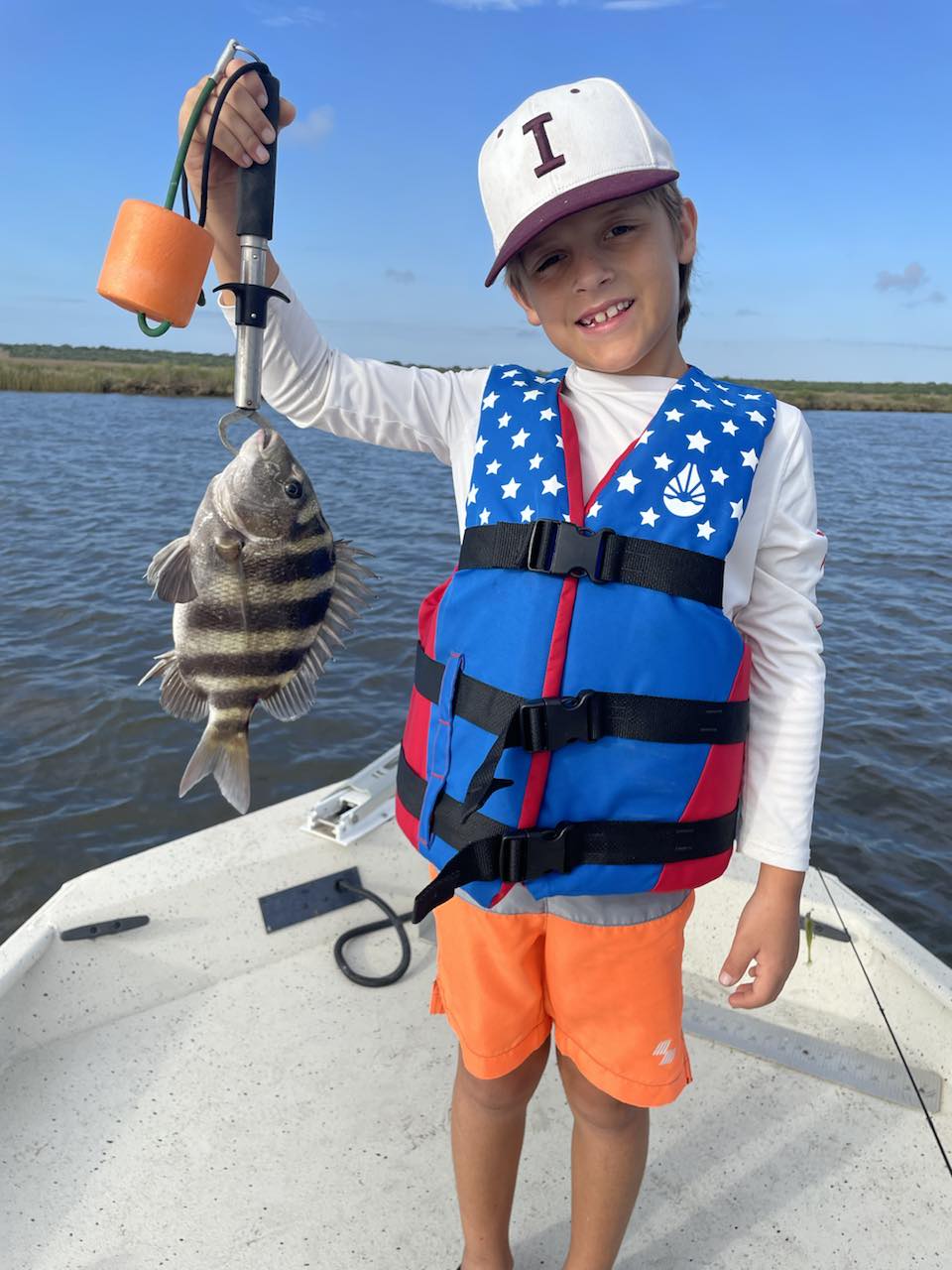
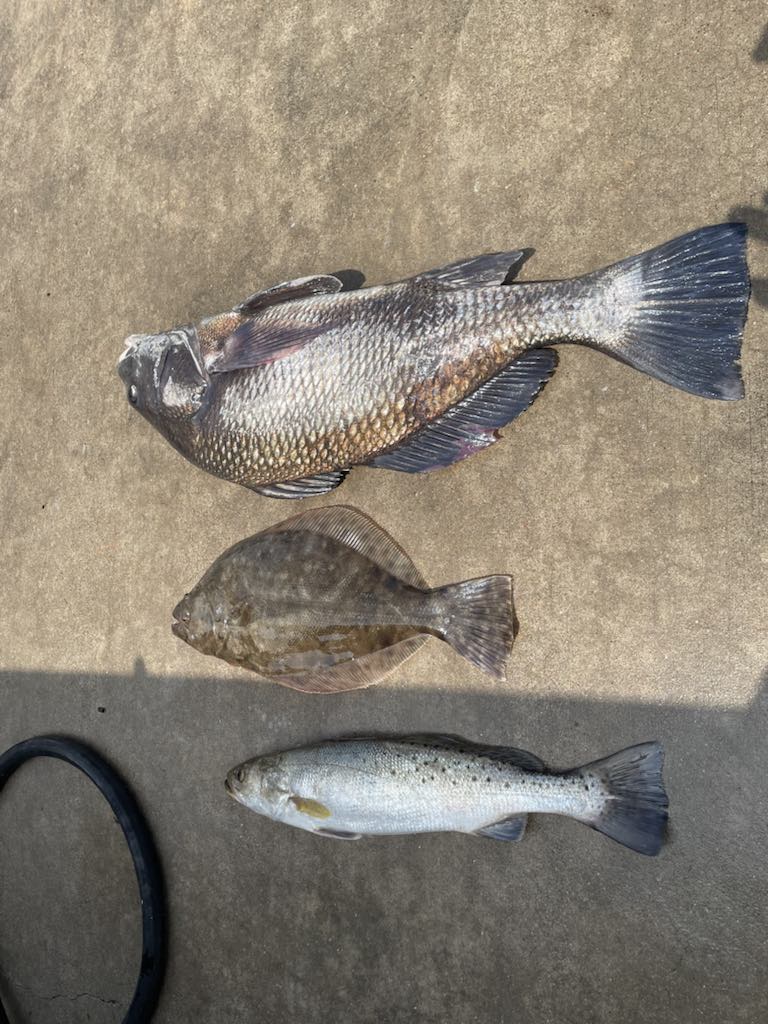
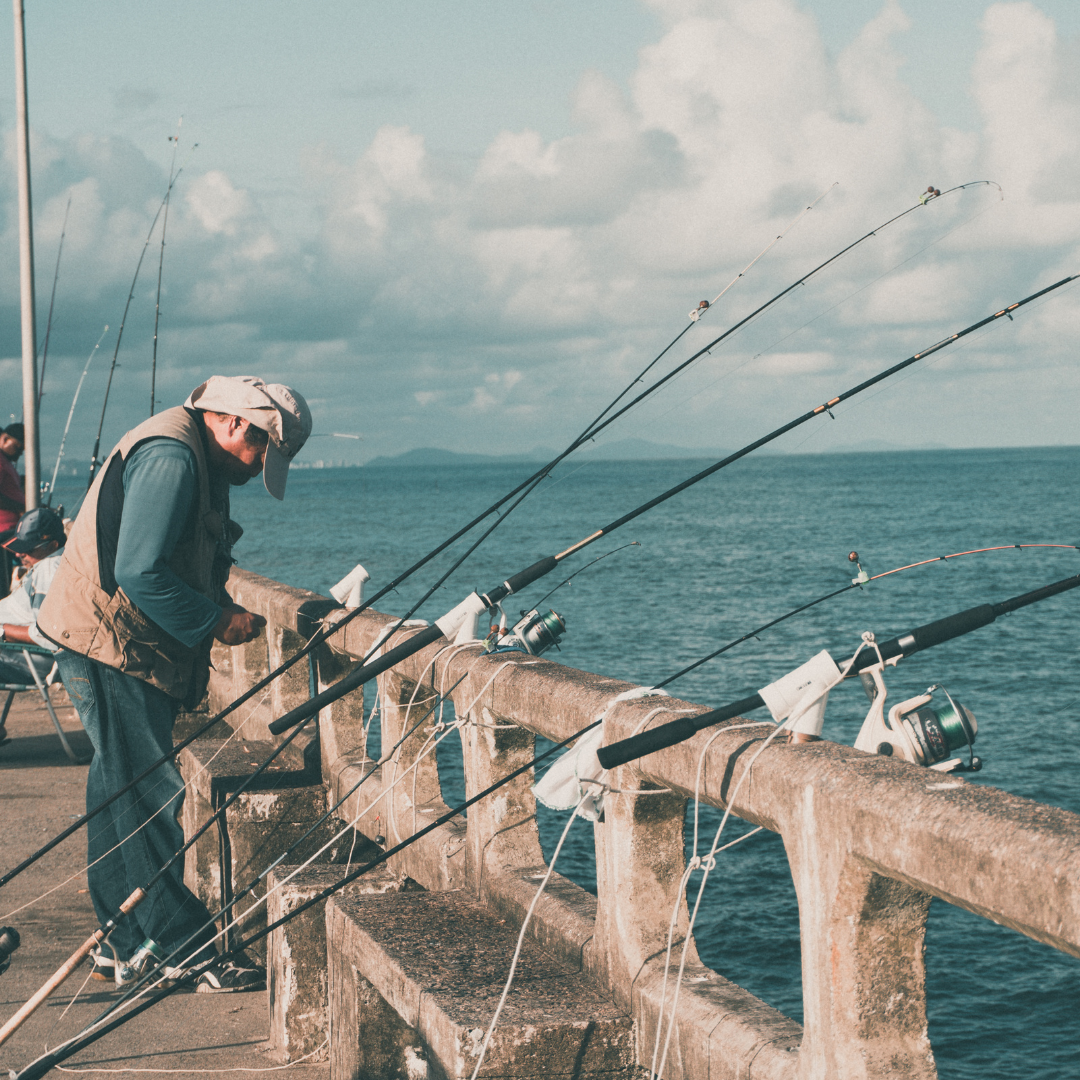
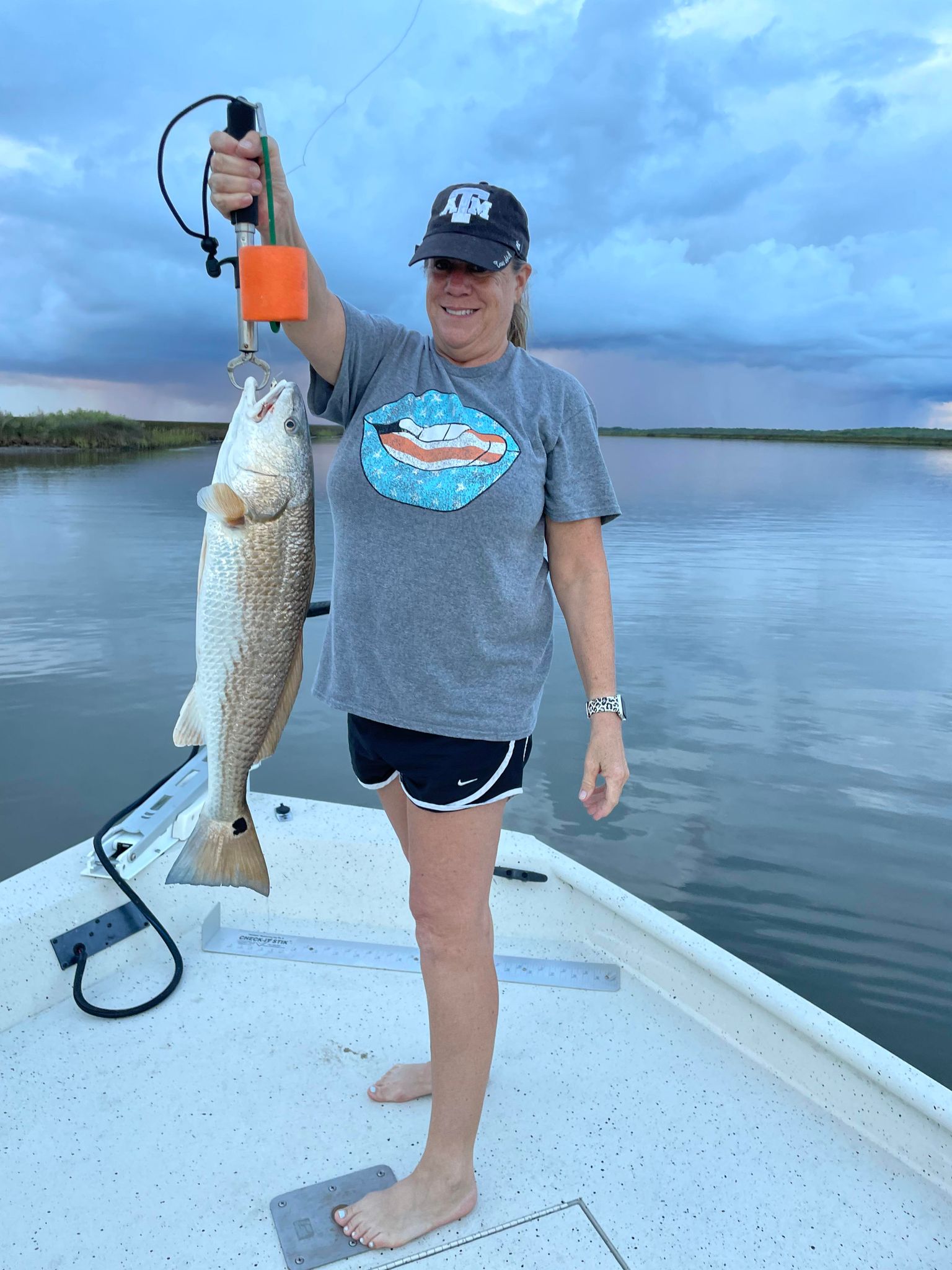
I have never been into fishing but I am sure it is one of the coolest things to try!